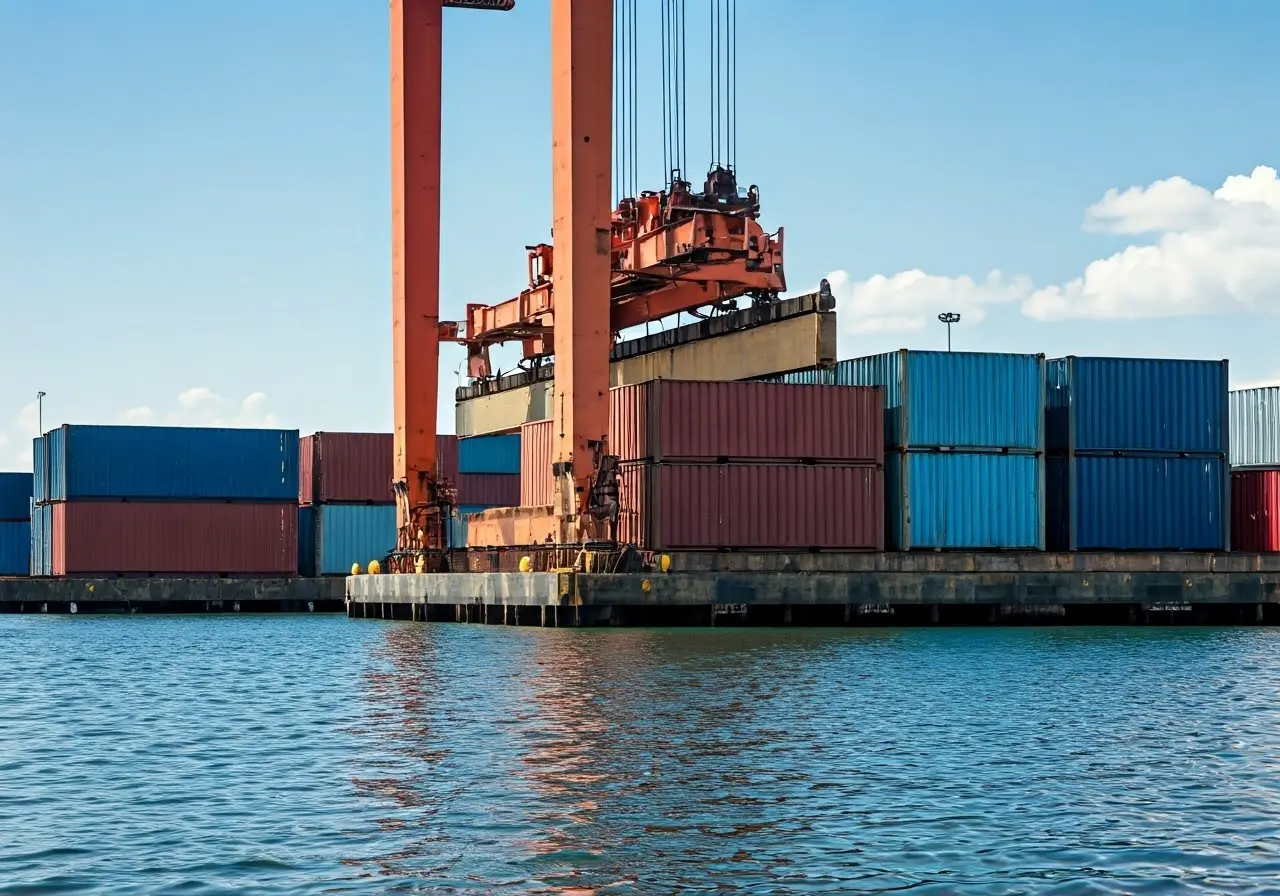Simplifying Logistics: Effective Strategies for Container Unloading
In the world of logistics, container unloading is a critical step that can significantly impact efficiency and cost. Despite its importance, many businesses struggle with optimizing this process. In this blog, we'll explore practical strategies to simplify container unloading, ensuring a smoother logistics operation.
Understanding the Challenges of Container Unloading
Container unloading presents several challenges, from time constraints to labor demands. Understanding these obstacles is the first step to overcoming them. By recognizing the difficulties involved, businesses can develop targeted strategies to streamline the process.
One major challenge is the labor intensity required for container unloading. The demand for package delivery has grown significantly alongside consumer reliance on online shopping. This increased workload means that logistics companies have less margin for error. Additionally, the physical strain on workers can potentially lead to injuries if not managed correctly. Recognizing these elements serves as a base for optimizing operations.
Time efficiency is another hurdle to leap. Just-in-time delivery systems have become the cornerstone of supply chain management. When the precision of timing is pivotal, any delay in container unloading can ripple throughout the supply chain. This time sensitivity necessitates thorough planning and anticipatory measures to avoid disruptions.
The Importance of Pre-Planning and Organization
Effective pre-planning and organization are crucial for a smooth unloading process. By scheduling, preparing labor resources, and organizing equipment in advance, businesses can reduce downtime and improve operational flow.
Pre-planning involves predicting potential bottlenecks and preparing solutions ahead of time. Whether it's arranging sufficient staffing or ensuring that all equipment is ready to go, pre-planning minimizes unexpected delays. Moreover, a meticulously scheduled dock scheduling and planning solution can act as a valuable ally in achieving these objectives.
Organization at the loading dock involves more than just physical tidiness. It includes clear demarcation of zones for different activities, ensuring a logical sequence for unloading, and organizing the information flow so that everyone knows their role and timing. Improved communication aids in preventing overlaps in tasks and enhances productivity.
Leverage Technology for Efficiency
Incorporating technology, such as automated systems and tracking software, can significantly enhance the efficiency of container unloading. These tools help in accurate resource allocation, monitoring workflows, and minimizing human error.
Technology like automated sensors and loading dock management systems can prove transformative. These systems allow real-time monitoring and control of multiple docks simultaneously, reducing the reliance on manual oversight, which can be prone to errors.
Taking advantage of conveyor belts can also ease the unloading process. These conveyors can easily extend or retract to suit the needs of each container, effectively bridging the gap from the warehouse floor to the inside of the truck. Integrating technologies like these ensures a smooth and continuous flow of goods, improving overall efficiency.
Training and Safety: Preparing Your Team
Ensuring that your team is well-trained and safety-conscious is vital for efficient container unloading. Regular training programs help workers stay updated with best practices, while safety protocols protect them from potential hazards.
Training should cover the essentials of safe unloading techniques, such as lifting methods and handling heavy or awkwardly shaped goods. For instance, emphasizing ergonomic practices like lifting with the legs and avoiding weights above certain thresholds can prevent injuries. Regular refreshers are crucial, especially with the dynamic nature of logistics operations.
Emphasizing Teamwork and Communication
Strong teamwork and consistent communication are essential for a successful unloading operation. Encourage a collaborative environment where team members communicate effectively and work towards common goals.
Open lines of communication ensure that issues are identified and resolved quickly, avoiding costly delays. Encouraging teamwork, where roles and responsibilities are clearly defined yet fluid enough to allow members to assist each other, builds a resilient team capable of handling the dynamic conditions often present during unloading operations.
Enhancing Efficiency in Logistics
By implementing these effective strategies for container unloading, businesses can enhance their logistics operations, reduce costs, and improve overall efficiency. With a focus on preparation, technology, and teamwork, the unloading process can become a streamlined part of your supply chain.

